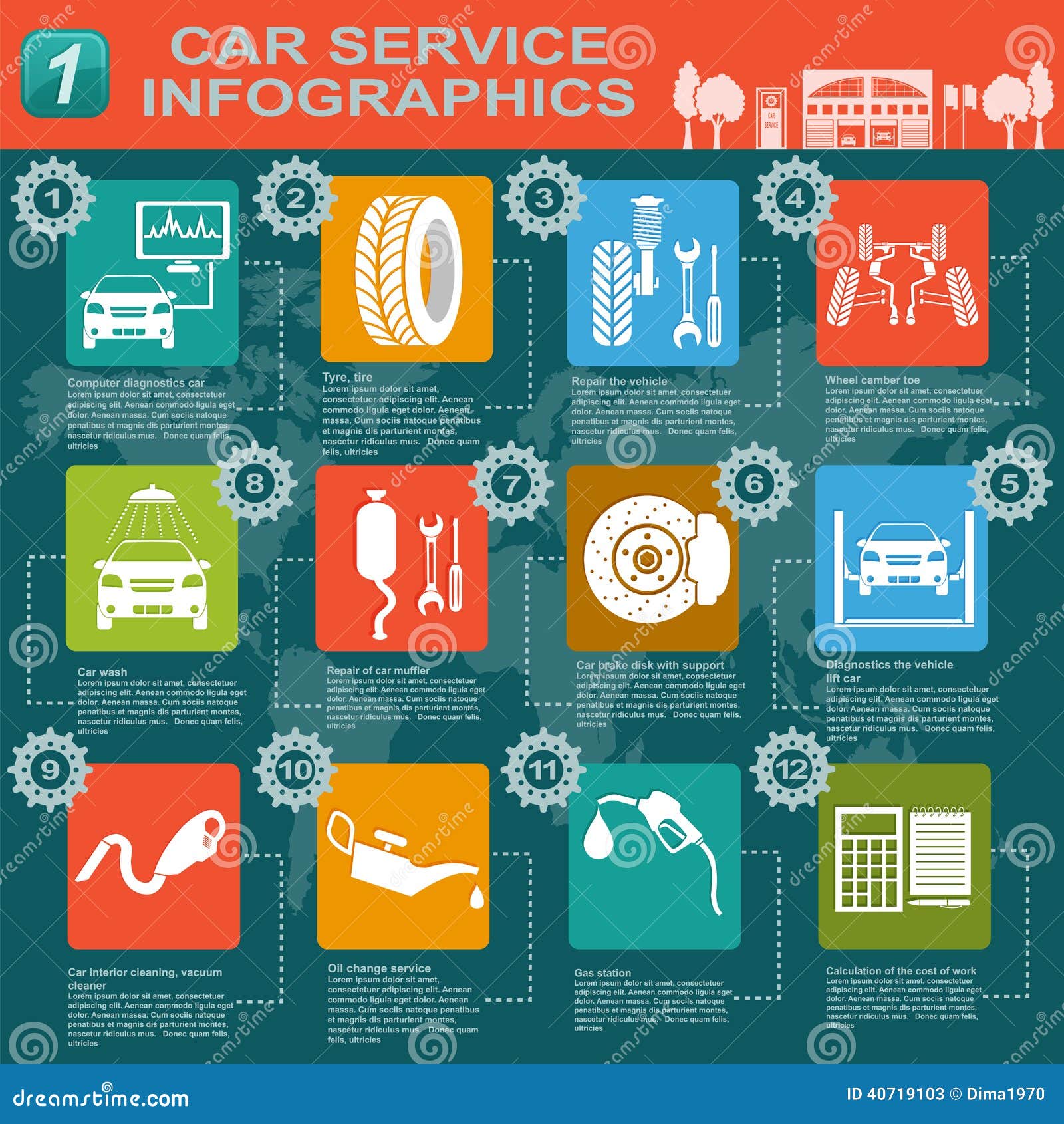Analyzing Your Car'S Caution Indicators: What They Truly Share
Analyzing Your Car'S Caution Indicators: What They Truly Share
Blog Article
Authored By-Hartley Gilbert
When you're behind the wheel, those radiant caution lights on your control panel can be a little bit puzzling. Do you understand what they're trying to inform you about your automobile's health and wellness? Comprehending the importance of these lights is important for your safety and the longevity of your lorry. So, east side detailing following time among those lights pops up, would not you want to understand its message precisely and take the necessary steps to address it?
Common Warning Lighting and Interpretations
Recognize typical caution lights in your vehicle and understand their significances to guarantee risk-free driving.
The most typical caution lights consist of the check engine light, which signifies problems with the engine or discharges system. If this light begins, it's critical to have your lorry examined immediately.
The oil stress warning light indicates low oil pressure, calling for instant attention to avoid engine damages.
A blinking battery light might suggest a defective charging system, possibly leaving you stranded otherwise attended to.
The tire pressure monitoring system (TPMS) light alerts you to low tire pressure, affecting car stability and fuel efficiency. Overlooking this might result in harmful driving conditions.
The ABS light suggests an issue with the anti-lock braking system, compromising your capability to stop rapidly in emergencies.
Lastly, the coolant temperature alerting light warns of engine getting too hot, which can lead to severe damage otherwise resolved promptly.
Comprehending these typical caution lights will certainly help you resolve problems immediately and maintain secure driving conditions.
Value of Prompt Focus
Recognizing the usual caution lights in your cars and truck is only the first step; the value of quickly addressing these cautions can't be highlighted sufficient to guarantee your safety when driving.
When a warning light illuminates on your dashboard, it's your vehicle's method of communicating a possible concern that requires interest. Disregarding https://oilchangecost28394.blog5star.com/30357966/seasonal-auto-describing-tips-preparing-your-cars-and-truck-for-each-season can lead to extra severe issues later on, endangering your security and potentially costing you extra out of commission.
Prompt interest to advising lights can prevent malfunctions and mishaps. For example, a blinking check engine light could show a misfire that, if left ignored, could trigger damages to the catalytic converter. Addressing this quickly can conserve you from an expensive repair.
Similarly, a brake system advising light might signal low brake fluid or used brake pads, vital parts for your security when driving.
DIY Troubleshooting Tips
If you see a caution light on your dashboard, there are a couple of DIY repairing tips you can attempt prior to looking for expert assistance.
The initial step is to consult your car's handbook to comprehend what the particular warning light indicates. Often the issue can be as straightforward as a loose gas cap setting off the check engine light. Tightening the gas cap may resolve the issue.
An additional common problem is a reduced battery, which can set off various warning lights. Examining https://brake-line-fittings84061.bloggip.com/30002437/success-tale-changing-a-neglected-automobile-through-detailing for corrosion and guaranteeing they're safe and secure could deal with the trouble.
If a warning light persists, you can attempt resetting it by disconnecting the auto's battery for a couple of minutes and afterwards reconnecting it. Additionally, checking your car's liquid degrees, such as oil, coolant, and brake liquid, can assist repair warning lights connected to these systems.
Final thought
In conclusion, comprehending your car's warning lights is important for maintaining your lorry running efficiently and safely. By quickly resolving these alerts and understanding what they suggest, you can prevent pricey repair work and potential breakdowns.
Keep in mind to consult your cars and truck's guidebook for specific information on each warning light and act appropriately to make certain a trouble-free driving experience.
Keep educated, remain secure when traveling!
